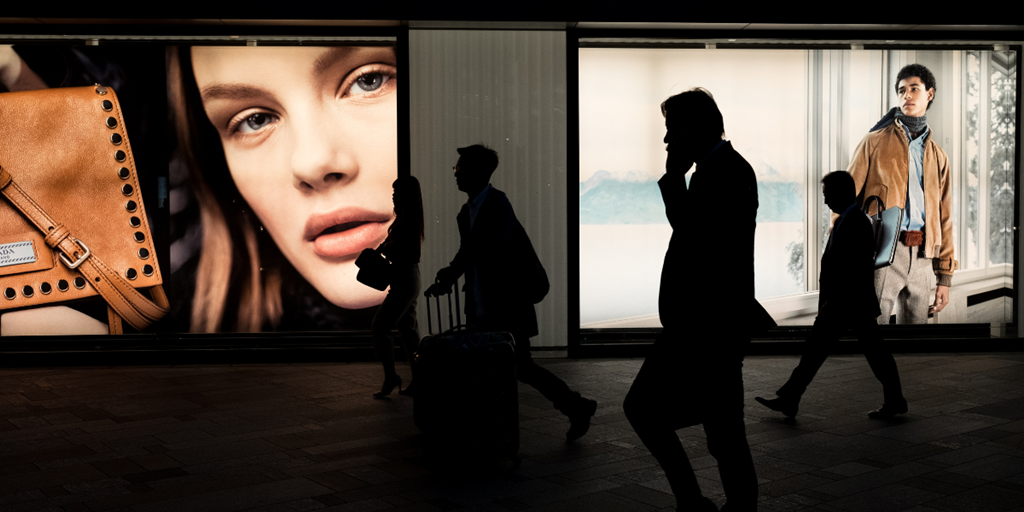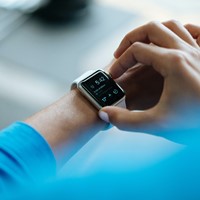Many industries are already utilizing Internet of Things technology to simplify their everyday operations, make smarter choices, and offer their employees more time for strategic decision-making.
The worldwide internet of things in retail market is anticipated to be worth USD 182.04 billion by 2028, growing at a 26.0% CAGR during the forecast period.
Those growing numbers are strongly linked to the implementation of loT technology by retailers in order to compete with the growing number of e-commerce sites. The e-commerce sites, on the other hand, use IoT in order to bring their experience offline and make it more tangible. The implementation of IoT is possible for more and more businesses, as the cost of hardware and IoT sensors decrease. Additionally, users are looking for a smooth operation and smart payments, which resemble the experience of online shopping. All of these factors contribute to the growing popularity of AI driven technologies and solutions that connect every device to a holistic control system.
What is loT, and how is it useful in retail?
The Internet of Things (IoT) is a vast network of interconnected devices. These gadgets collect and communicate information about how they are utilized and the environment in which they function. Sensors implanted in every physical object are used to collect this data. It may be your phone, vacuum cleaner, dishwasher, barcode sensors, traffic signals, or nearly anything else you come into contact with on a daily basis. These sensors continually emit data about the condition of the device's operation and then share it with the IoT platform, such as a mobile application.
Similarly, it can be used in various ways in order to automate and speed up the shopping process, by enhancing and simplifying the customer journey from selecting items, to payment methods.
What are some examples of IoT in retail?
Checkout automation
Many physical stores have incorporated powerful IoT techniques, in order to allow customers to skip the queues and walk out of the store with their favorite products, using sensors and saved payment options. A good example of this technology is Amazon Go. It contributes to the creation of a smooth transaction process for its employees and customers.
Customers in these shops have the option of placing the items they wish to purchase in their basket and simply leaving the store. They don't have to stand in line at the pay register. How does this technology work? When a consumer leaves the store, the tags connected to the products in their baskets are automatically scanned using special sensors at the entrance.
The cost of the items are then automatically deducted from the customer's Amazon account, which is connected to an approved payment method of choice. These smart tags not only improve the shopping experience, but also serve as an anti-theft device.
Packaging automation for online orders
Another example is packaging automation, such as the Ocado Bot system. Bots in Ocado Technology's 'The Hive' IoT network are transforming how food orders are selected and delivered, reducing food waste dramatically.
Ocado Technology's solution, known as The Hive, resembles a large beehive and is populated with smart mobile machines, or robots, that are 'connected' to the surrounding environment via IoT. It is considered to be the world's densest mobile system, capable of communicating with thousands of bots ten times per second from a central base station.
The bots create around 5,000 data points 1,000 times per second, for a total of 4 TB every day within one customer fulfillment center (CFC). This information is sent to the cloud and analyzed for bot maintenance.
Smart Vending Machines
Another great example are smart vending machines. Their primary benefit is for chain business to be able to open up more locations, without hiring staff and setting up an entire store. IoT vending machines allow for an 'express' version of the real store, while offering cashless payments, member discounts and maintain the similar quality.
For example, Starbucks and Costa Coffee have implemented their vending machine stations in multiple countries, in shops, gas stations and offices, offering quality coffee without a physical barista. Costa Coffee is a well-known brand that has smart vending machines placed in various locations, leveraging their well-known name.
This system incorporates a highly interactive digital screen where customers may choose their preferred beverages. It includes a cashless payment system and remote temperature monitoring sensors. It also provides the seller with a secure loyalty card connectivity method.
Core benefits of implementing IoT in retail
Qualitative and quantitative data
Data from IoT devices, such as wearables, is a goldmine of consumer information. Although the collected data is mostly based on numbers, a deeper analysis of those correlations provides a wealth of qualitative information about a particular item and its owner. Companies can use this data to observe how customers use their products and forecast what they might be interested in the future.
Additionally, device manufacturers understand how their goods are used, allowing them to create products with the user experience in mind or provide customized services to certain target groups. This increases the user's satisfaction with the product and reduces the frequency of errors.
Supply chain optimization and reduced overstocking
Your control over your products isn't limited to those in your store; you may monitor them across the full supply chain, from the producer to your store. It may not appear to be a fresh concept – you could already follow your delivery without IoT devices – but smart tracking systems can provide significantly more information than traditional ones.
With RFID and GPS sensors integrated into the monitoring system, you can determine precisely where items are at any given time and in what conditions they are being stored - you can even check the exact, current temperature in containers. If a product must be kept at a specified temperature, knowing whether it is at that temperature is critical.
Stronger connection with the customer and meeting their needs in real-time
Loyalty programs and apps with special discounts are so common these days that you would assume it's difficult to come up with something fresh here. Beacons are tiny Bluetooth devices that may transmit warnings to cellphones when they are close to a certain place. This means you may give clients special discounts when they visit your business or are nearby, assuming they have already downloaded your app and accepted to receive such messages.
But why give a generic discount when you can send a personalized one? Assume one of your clients is seeking for a new pair of pants and searches your online store for them. They choose a model that appears to be a good fit for them and head to the real store to try on the jeans, only to discover they can receive a discount on the jeans section!
These types of personalized offers using IoT technology provides a much stronger connection with a specific target market and use the collected data to reach their exact need in real-time.
If you are looking to start your own business in the IoT sector, the first step is finding the right software provider, who is going to assist you every step of the way and make sure that the technology is tailored to your needs.










 Angry Nerds (Poland)
Angry Nerds (Poland) Angry Nerds (USA)
Angry Nerds (USA) Angry Nerds (Canada)
Angry Nerds (Canada)



